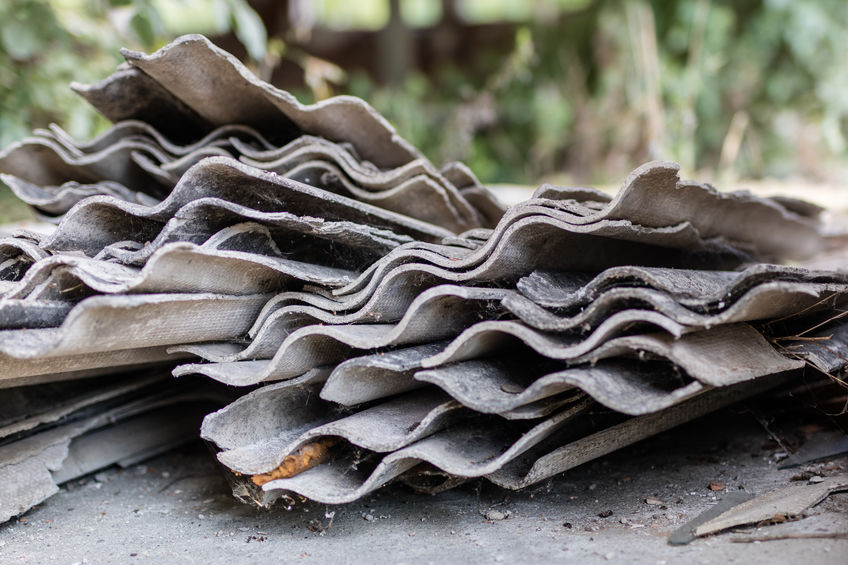River Murray residents, shack owners and emergency response crews are being warned of the dangers of handling asbestos when flood waters subside.
More than 1000 South Australian properties along the River Murray have so far been inundated with water, with the number expected to rise as the river level peaks.
Asbestos is present in one in three Australian homes, as well as public and commercial buildings.
This includes hundreds of river shacks and homes, particularly those built or renovated from the mid-1980s to 1990 or earlier.
River Murray flows are expected to reach up to 220GL per day across the South Australian border into Renmark at Christmas time with the peak high-water level working its way downstream.
Asbestos causes cancer and if not disposed of properly it puts workers and the community’s health at risk. There is a real risk that older properties that contain asbestos will be washed away, only to resurface downstream.
Asbestos around the house
People cleaning-up after the flood or undertaking any repairs, renovation or demolition work are being urged to become familiar with the type of products that may contain asbestos and where to find them.
The South Australian Government asbestos website has a page to help identify asbestos in the home.

Water damage
Floods may soil or damage asbestos-containing materials resulting in the material needing cleaning or removal.
Asbestos-containing material that has dried since the flood or storm can be cleaned with soapy water and a cloth or sponge. It is also safe to lightly scrub the material with a soft brush or broom and spray it gently with a garden hose.
It is important to not use a high-pressure hose as this may break the surface and release asbestos fibres into the air, which are then breathed in.
Regularly check the surface of the material you are cleaning to make sure it is not being damaged.
Protecting against asbestos
Asbestos-containing material does not pose a significant health risk if it is in good condition and is left undisturbed.
However, where asbestos-containing products are broken, damaged or weathered, fibres can be released posing a risk to health.
Asbestos materials that are beyond cleaning, will require removal by a licensed asbestos removalist to reduce the risk of exposure during removal. A licensed asbestos removalist will have the relevant training and equipment to safely remove the asbestos from your home.
Homeowners who undertake asbestos removal work on their properties should follow safe work procedures and safety precautions to minimise risk of asbestos exposure.
People carrying out maintenance such as painting or sealing asbestos cement surfaces without sanding, cutting or drilling (that is you are not releasing any asbestos fibres into the air), you only need to take the usual precautions for these activities such as working in a ventilated area.
Legally removing asbestos
By law, asbestos waste must be taken to a licensed transfer stations or waste depots. It is recommended that you contact your local transfer station or waste depot for advice. Go to the EPAs Wastes containing asbestos – removal, transport and disposal for a list of licensed waste facilities.
It is illegal to dispose of asbestos in the normal rubbish collection, and a crime to dump it in the street, or on vacant land.
SafeWork SA Executive Director Martyn Campbell said asbestos poses a significant health risk and requires thought when dealing with.
‘As we clean up damaged properties, homeowners and emergency responders need to consider the risk posed by this material and take appropriate action to control the risks. Also, dumping asbestos is also an offence and should not happen.
‘Illegally dumped asbestos puts an unnecessary strain on public resources; resources that could be better spent on other vital community services,’ he said.
Further information on asbestos can be found on the South Australian Government asbestos website which provides practical information about asbestos, how to identify it, and how to have it safely removed.


